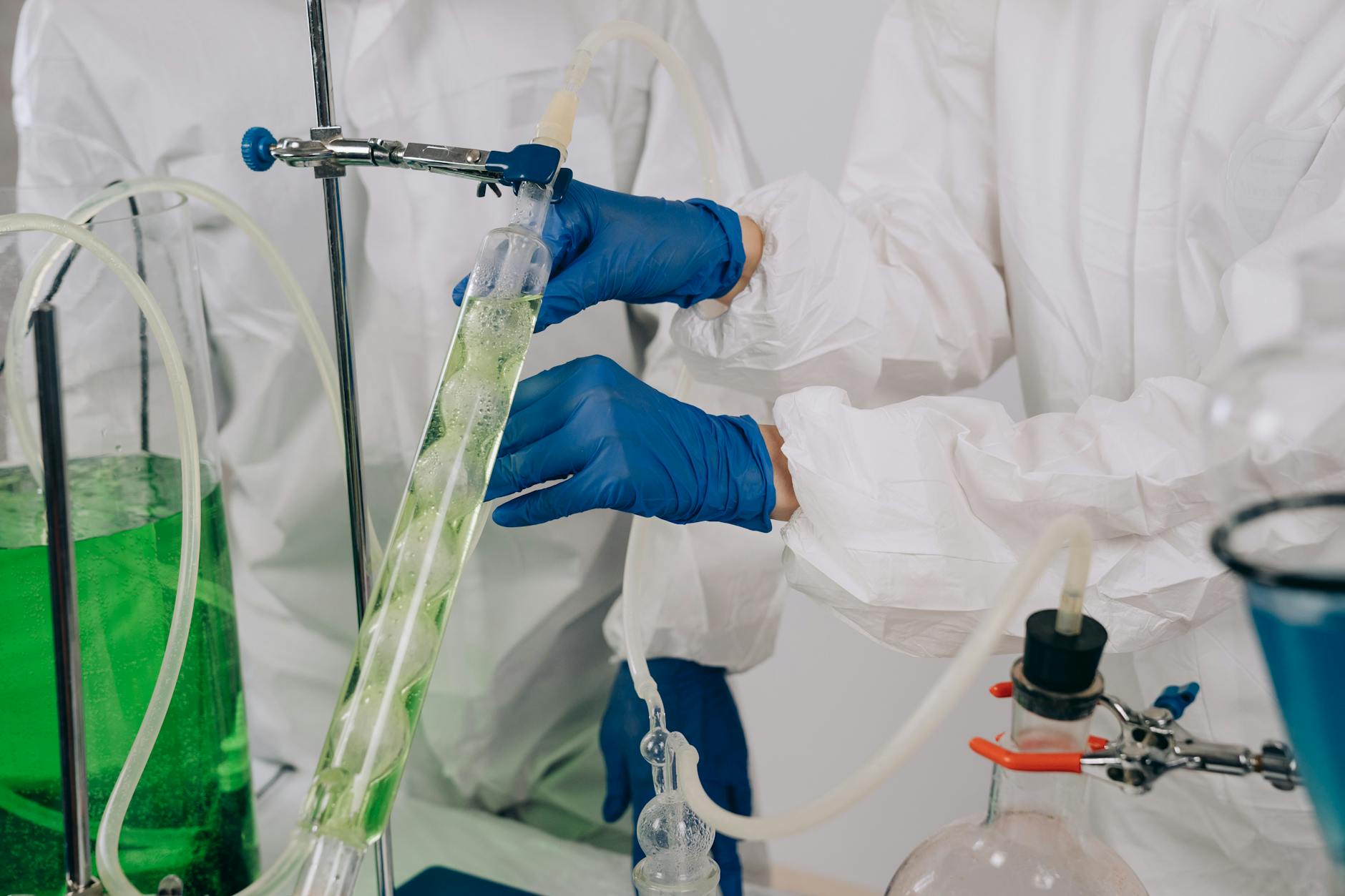
You think it’s just heartburn—but then it starts showing up in places it shouldn’t
It begins innocently—after a large dinner, or a glass of red wine too late at night.
You feel a slight burn.
You sit up.
You drink some water.
You assume it will pass.
But the next day, it returns.
Maybe it’s spicy food.
Maybe stress.
You brush it off again.
Until it starts appearing more often, and without invitation.
And then, it stays.
The tightness in your throat—a cough, right before sleep
At first, you notice the cough only when you lie down.
Then during the day.
You feel a lump in your throat that doesn’t go away with swallowing.
You clear it constantly, but it keeps coming back.
You start to notice hoarseness in your voice, especially in the morning.
You take deep breaths and feel tightness behind your chest.
The discomfort climbs, slow and steady.
It doesn’t feel like digestion anymore.
It feels like something trying to climb back out of you.
No position feels like relief
You try elevating your pillow.
Then your whole bed.
You sleep upright, curled forward, exhausted.
But the burning doesn’t care.
It arrives anyway.
You start tracking your meals.
You blame coffee, then citrus, then your favorite snacks.
You shrink your menu until it feels like survival, not nourishment.
Food is no longer joy.
It’s strategy.
And still, symptoms persist.
This is how acid reflux moves into your life—quietly, then completely
Acid reflux doesn’t announce itself loudly.
It seeps in slowly.
It rewrites how you eat.
How you move.
How you sleep.
It creates small rules that become rituals.
Don’t eat after 7.
Chew longer.
Stay upright.
No soda.
No wine.
No chocolate.
And yet, no peace.
It’s a valve—the lower esophageal sphincter
At the center of it all is a small muscular valve.
The lower esophageal sphincter.
It should close tightly after food passes.
But sometimes, it relaxes too easily.
That’s when acid escapes upward.
And when it does, it touches places not built to hold it.
The lining of your esophagus.
Your throat.
Your vocal cords.
Even your mouth.
And slowly, damage begins.
A pattern, not an event
Heartburn once a month is one thing.
Twice a week is something else.
That’s when reflux becomes GERD.
Gastroesophageal Reflux Disease.
It’s not an occasional annoyance anymore.
It’s a condition.
And with it comes more than discomfort.
It brings inflammation.
Cellular change.
Long-term risks.
That’s why ignoring it stops being an option.
GERD isn’t just about the burn
There’s more to GERD than the fire in your chest.
It’s the acid that creeps up silently,
through your throat while you sleep.
It changes your breath.
Your voice.
It causes sore throats that never quite heal.
It gives you coughs that don’t match colds.
You wake up hoarse.
You avoid public speaking.
You start to sound like someone else.
The acid doesn’t stay in one place
It’s not just about the stomach.
GERD can affect your teeth, your lungs, even your sinuses.
The acid rises and leaves residue behind.
Your dentist might notice enamel loss.
Your ENT might see redness near the vocal cords.
You might not notice any of it—until something else fails.
That’s how silent reflux works.
It hurts where you weren’t looking.
You feel like you’re always avoiding something
Food is no longer about flavor.
It’s about consequences.
You study menus for triggers.
You eat slowly, half-worried.
You cancel plans because your chest hurts.
You miss wine nights.
You stop loving your favorite meals.
And you begin to forget what relaxed eating ever felt like.
They reduce acid, calm the burn, but don’t always heal the valve
Medications can help.
Antacids, H2 blockers, PPIs.
They make things bearable.
But they don’t fix the structure.
They don’t close the valve.
They don’t undo the years of acid drifting where it shouldn’t.
Sometimes you need more than medication.
Sometimes you need answers about the cause, not just relief.
A specialist looks for what the symptoms hint at but don’t say outright
A gastroenterologist may order an endoscopy.
A tiny camera that sees what your symptoms can’t show.
They check for inflammation.
For ulcers.
For early signs of Barrett’s esophagus.
For anything that might signal long-term damage.
It’s not to scare you—
it’s to stop guessing.
To stop letting your symptoms own the conversation.
Living with GERD isn’t always dramatic
It’s not an emergency.
It’s just… always there.
It’s the habit of discomfort.
It’s planning your evening around reflux instead of rest.
It’s waking up tasting acid and brushing your teeth twice.
It’s rearranging your life so you don’t have to explain why you never eat late.
That’s what makes it heavy.
That’s what makes it worthy of attention.
